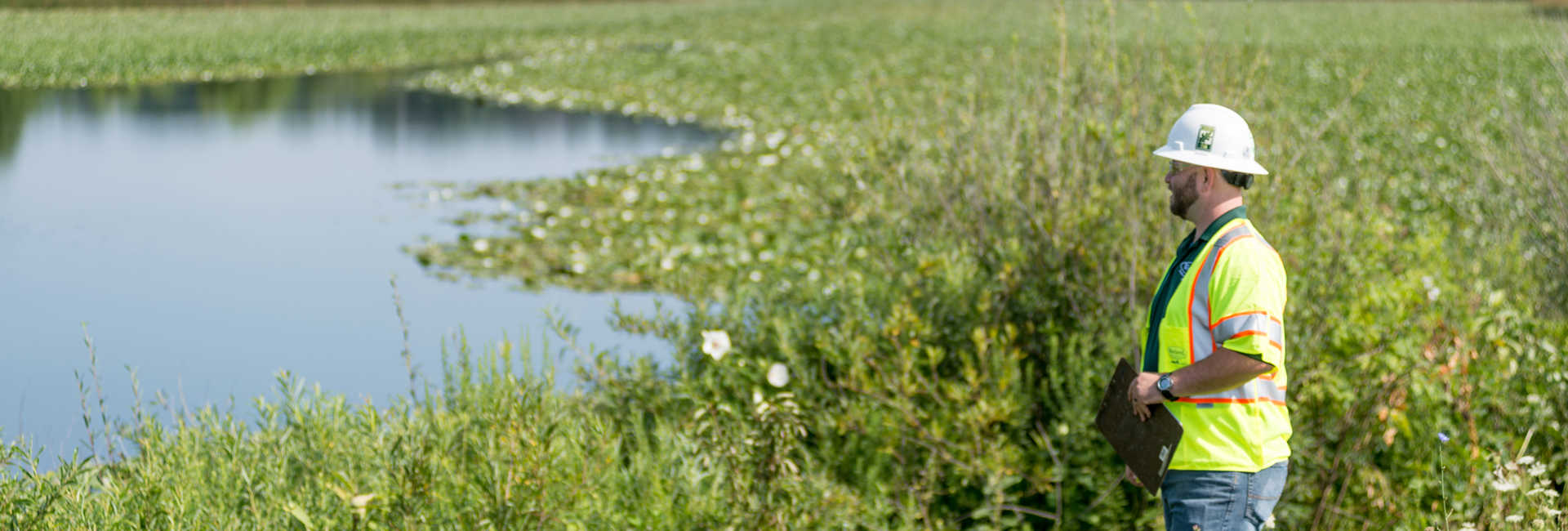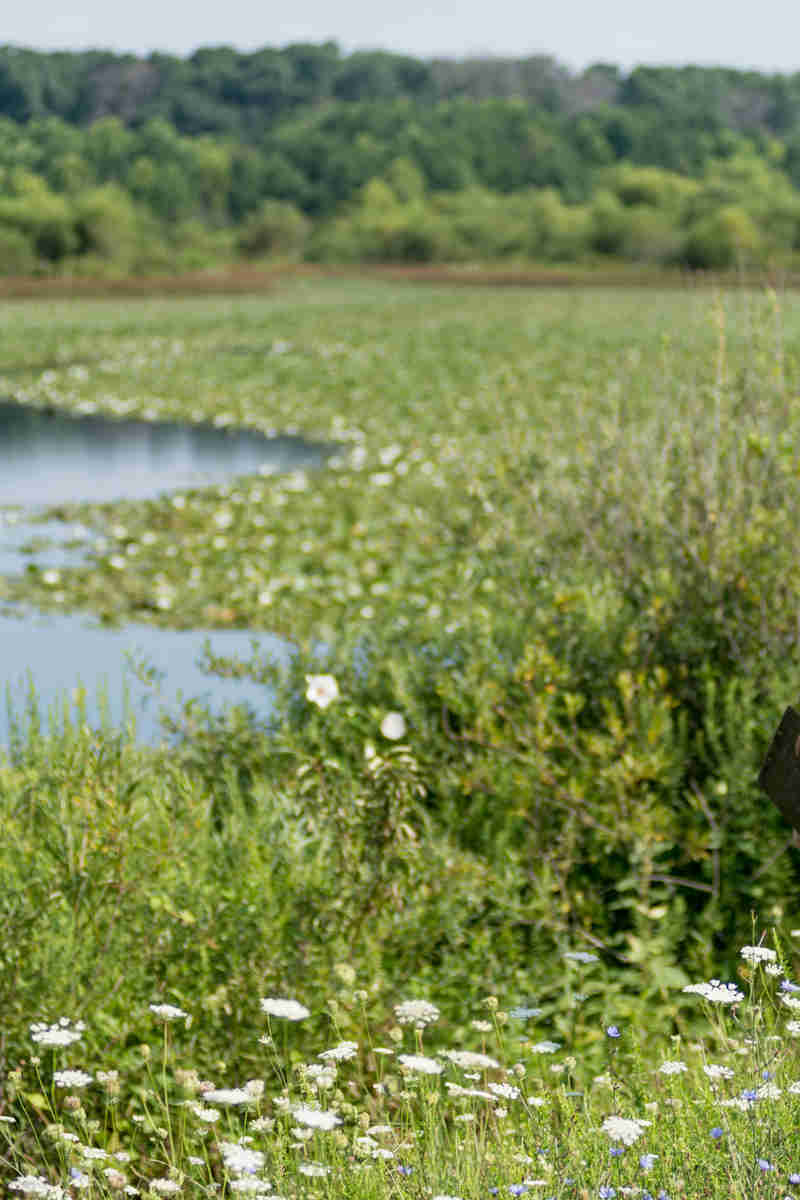Soil is a vital part of healthy plant life. With a balanced pH, adequate nutrients, good structure, and enough organic matter, soil helps protect and nourish landscape trees and vegetation. On the flip side, unhealthy soils that have been compacted, polluted, stripped of organic matter, or lacking in nutrients will limit plant growth, root development, and overall health.
Understanding the importance of soil health isn’t just for landscapers. Healthy soils help urban trees grow and boost particular species’ vegetation growth in wetlands and other ecological sites. The first step to ensure soil health is to determine the current state of the soil on a project site.
Get To Know What’s Underground
Soils can be affected by several variables, like previous land management and surrounding infrastructure. A few examples of common soil conditions include:
- Compacted soils – Weight from footsteps or heavy equipment can cause soil particles to pack closer together, causing soil compaction. As a consequence of compacted soil, water and nutrients are unable to reach plant roots, causing health issues. Compacted soils can also create hydric soils by preventing proper water infiltration.
- Structural soils – Structural soils are typically installed as a direct response to having compacted soils in an area where a tree planting is planned. These are soils mixed with engineered gravel designed to support trees in an urban area. The gravel supports load-bearing pavement, while the soil provides nutrients and water to trees. Structural soils are manmade and contain less actual soil available for trees to use due to the presence of gravel.
- Hydric soils – Soil that is saturated, flooded, or ponded enough during the growing season to develop anaerobic conditions is known as hydric soil. While this type of soil isn’t ideal for all environments, wetlands are typically natural systems that develop in wet areas, except for mitigation sites where the goal is to restore lost wetlands. It is an essential component in determining where a wetland boundary falls, which is required for regulatory compliance with the Clean Water Act. Checking soil mapping before planting can indicate if a site is too wet for specific planting goals.
Knowing the condition of the soil is an important part of whether a planting project is successful. Identifying whether soil is compacted, as well as its composition and previous land use, can determine the next steps necessary, such as additional work or planning, for trees and vegetation to thrive.
Aeration, pneumatic soil excavation, and amendments can alleviate compacted. Structural soils or suspended pavements may be installed where trees are being planted to prevent further or future compaction. If hydric soils are present on a property, proper land use planning must take place to ensure vegetation will flourish where it’s planted.
Call In The Professionals
With so many moving parts on a planting or development project, it can be challenging to take something like soil conditions into account. Davey’s team of experts can provide the guidance, analysis, and quality service needed to help manage the natural resources on a project site. To learn more about Davey’s soil professionals, contact your local office.
Article Contributors:
Rachael Sitz, Urban Forestry Specialist, Davey Resource Group, Bay Area & Northern California
Jamie Morgan, Certified Senior Ecologist, Davey Resource Group, New Jersey
Maegan Blansett, Inventory Arborist Lead, Davey Resource Group, Colorado



